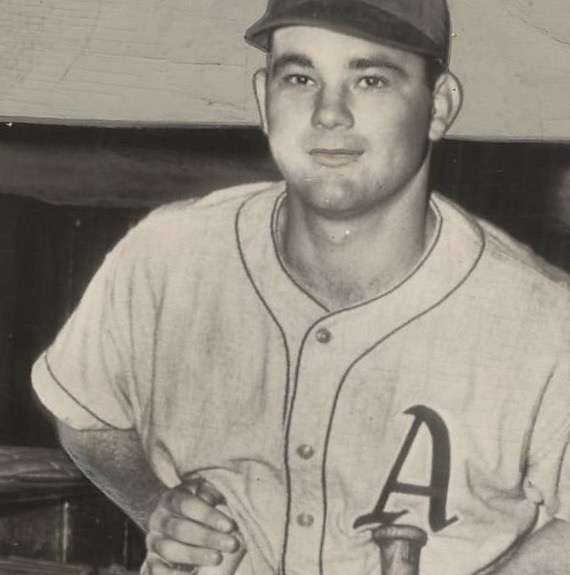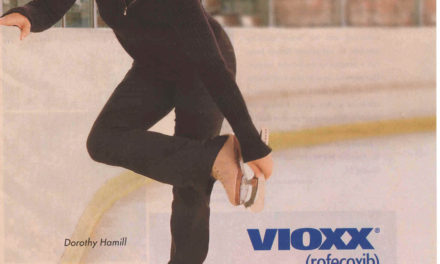Have you noticed that hardly any subject that comes up is more than two degrees of separation removed from marijuana? This week Bruce Jenkins of the Chronicle picked an all-star team of baseball players from Oakland and proposed a toast to his second baseman: “The spirit of Oakland lived inside Joe Morgan,” Jenkins declaimed over Sinatra on the juke box at his Three-Dot Lounge.
Dale Gieringer of California NORML emailed: “As a lifelong Cincinnati Reds fan, I’m sad to hear of the passing of Joe Morgan, my favorite player on the 1970s Big Red Machine. Joe was an Oaklander who came to Cincinnati; I was a Cincinnatian who came to Oakland… Joe was especially critical of steroid and drug abuse in baseball. It’s therefore ironic that he himself was a victim of drug war racism, as recounted by the SF Chronicle:
‘In 1988, while making a connection at LAX, Morgan was detained by undercover police officers who pinned his arms behind him, kneed him in the back and knocked him to the ground while accusing him of being a drug smuggler.
‘“It was all because I was just another Black man,” Morgan later wrote. “No longer a celebrity, as anonymous as any other Black man, I was exposed to whatever fury was going to be meted out.”‘Morgan was taken into custody but released after providing his identity, and he filed lawsuit against the LA Police Department; in 1993, a federal court upheld the claim that his civil rights had been violated and the Los Angeles City Council settled the suit for $796,000.’”
At first base for Jenkins’s Oaktown All-stars was Ferris Fain, “A five-time American League All-Star who led the league in hitting at .344 and .327 in 1951 and ’52, respectively.”
On October 23, 2001, I had left a note for Terence Hallinan: “The self-righteous leaders of the ‘bicycle community’ got to me today. Unless there’s something cooking I don’t know about, I plan to take tomorrow off to attend Ferris Fain’s funeral. Did you know he was a grower? Did 18 months in prison in ’88. A premature medical user? So many old jocks are beat up.”
Next day I drove out to Georgetown, some 20 miles East of Auburn in Placer County, where Fain had lived for 40 years. The funeral was held in the Pioneer Cemetery at 2 in the afternoon. The VFW did the honors because Fain had played on an Armed Services team (with Joe DiMaggio). The five silver-haired veterans provided a three-gun salute —as moving as ever, though played on a boombox.
A man named Ray Malgradi gave a short eulogy. He had played with Fain on Oakland. “Nobody ever played the bunt better than Ferris Fain,” he said. A man named Dan Maloney, who had come down from Weaverville, also spoke briefly. Fain had hired him as batboy when the Bob Feller All-Stars came through the Bay Area in 1949 (barnstorming against the Kansas City Royals of the still extant Negro League). Fain’s granddaughter Nicole sang “Peace in the Valley,” then the family and friends headed for a reception at the VFW Hall.
Fain had been renowned for his fielding and he was good with his hands off the field, too. I wsa told that he had gotten his contractor’s license and built his own house and eight others in a tract of 13. He had an Alaska mill and milled his own lumber. He had a garden with 12 raised beds, and he put up preserves. Someone said that Ray Malgradi had been trying to get Fain’s marijuana conviction expunged, but Ray had left the VFW Hall before I could ask: on what grounds?
Ferris’s son John Fain, 52, father of Nicole, had flown in from his home in Thailand. He was not adulatory about his dad when we talked one-on-one. The funeral service had disappointed him. “All anybody said about him was about baseball,” he pointed out. John described a home scene with ups and downs, alienation and love. His dad did not smoke marijuana, according to John, and disapproved of its use. Ol’ Ferris had once kicked him out of the house when he learned that John was growing the illegal herb. “I had a wife and a one-year-old baby, and it was really my house,” John said matter-of-factly. “He knew I needed the income,” he added.
The late, great first baseman may also may have been something of a racist. The woman who’d been his caretaker (and who spoke of him with obvious affection) said Fain expressed contempt for the current players’ lack of skill. “He called it ‘Z-league baseball,” she said. “You know: Martinez, Rodriguez, Guttierez…”
Meanwhile the Tampa Bay Rays with Hernandez, Diaz and Perez were playing for the AL championship again the Houston Astros with their own Perez and Diaz, not to mention Rodriguez and Framber Valdez.
The Best Was Yet to Come
Memo forwarded to District Attorney Terence Hallinan from Preston Lee, SFPD Investigator assigned to Officer Involved Shooting, June 14, 2001:
“On 06-13-01 at 2338 hours I received a phone call from ADA Kimberly Guilfoyle regarding an Officer Involved Shooting. ADA Guilfoyle and I arrived at 101 4th St., the Sony Metreon Theatre Complex at 0015 hours, 6-14-001. We were allowed to view the crimescene [sic] and sit in on 5 interviews (4 witnesses and 1 Police Officer). There was one suspect, STELLEY, Idris Scott (deceased) lying on the ground with visible bullet wounds. Officer Thomas Walsh received a gunshot wound to his left buttocks. Officer Ian Furminger received a cut on his hand in an attempt to aid officer Walsh. Both Off. Walsh and Off. Furminger were not at the crimecene when we arrived.”
The police officers and Assistant DAs who handle the investigation of officer-involved shootings were invariably those most committed to shielding the officers involved from blame. In this case, Idris Stelley was obviously having a mental breakdown. “During the last showing of the movie ‘Swordfish,'” the investigator’s memo stated, “a black male sitting at the back row of the theater threatened the audience with bodily harm and told them to leave.” Everyone left unharmed. When the police arrived “The suspect produced a knife attached to a chain and moved towards the officers.” Seventeen shots stopped his advance with this odd weapon. The bullet Officer Walsh took in the butt was the result of what they call friendly fire.
In this case the first DA notified by the police was Hallinan’s likable, competent Chief Assistant, Paul Cummins, who had been their longtime ally. Cummins trusted Kimberly Guilfoyle to handle the situation appropriately.





